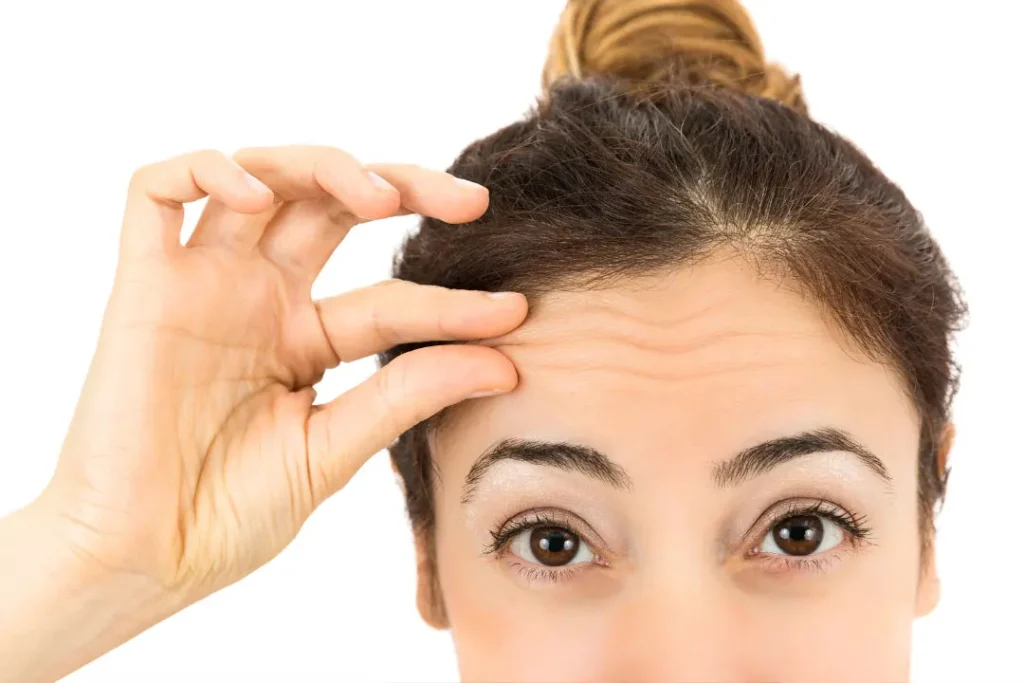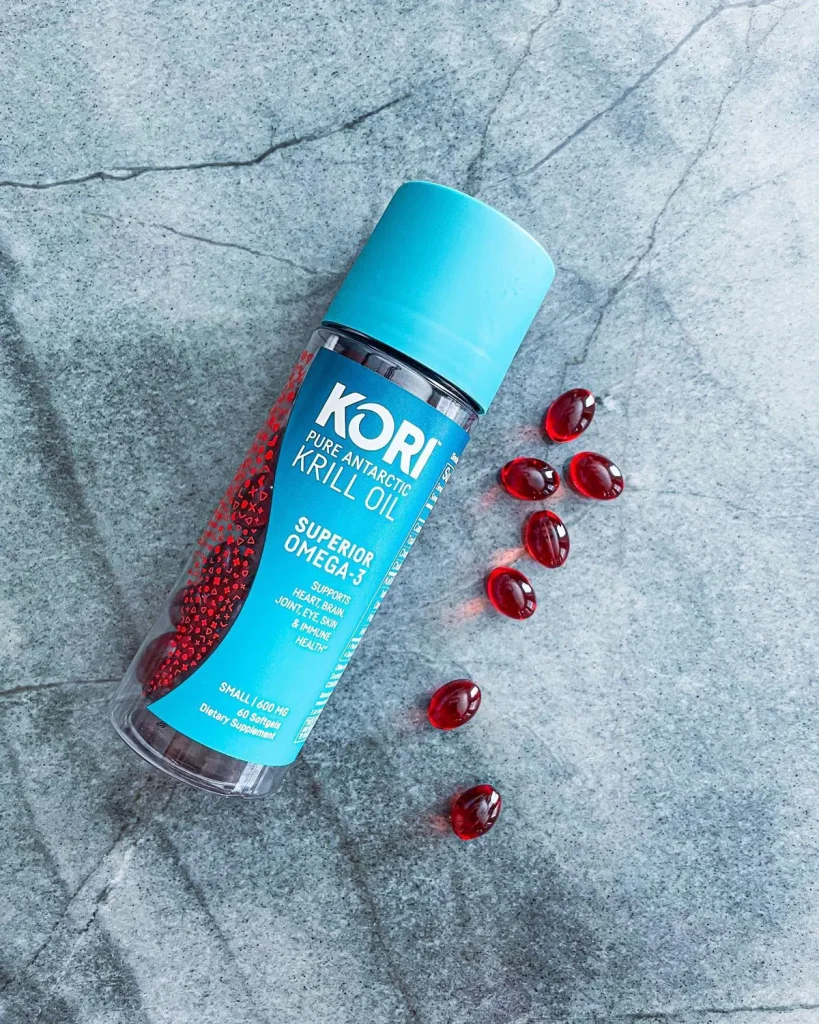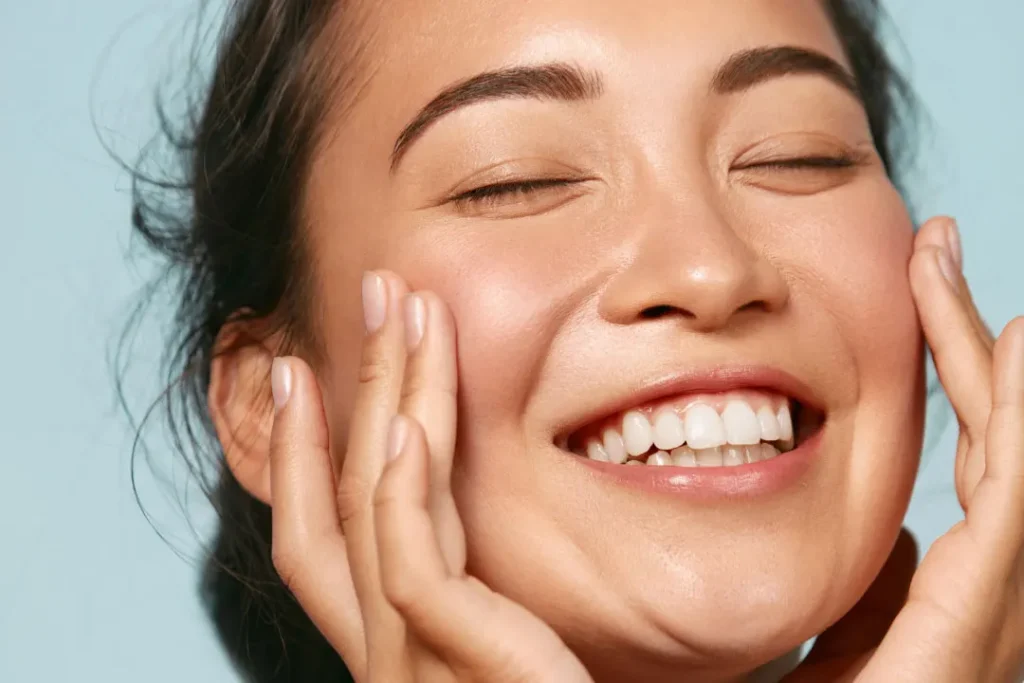Incorporating omega 3 fatty acids into your diet can have a positive impact on your skin. These acids possess the ability to diminish inflammation in the skin, leading to a decrease in acne and other skin conditions. Moreover, they aid in enhancing skin hydration and preventing skin aging by limiting the breakdown of collagen and elastin. Continue reading as we dive into the omega 3 skin benefits you don’t want to miss.
Beauty is more than skin deep, and since the skin is the body’s largest organ, keeping it in top shape is essential for overall health. Omega 3s contribute to every part of a healthy body, including brain and eye development, as well as promoting healthy and radiant skin. Omega 3 skin benefits are not only limited to appearance but also contribute to your overall well-being.
There are three main types of omega 3 fatty acids:
- Eicosapentaenoic acid (EPA): It is found in cold-water fatty fish, including tuna and salmon, and helps lowers triglyceride levels, blood pressure, and inflammation.
- Docosahexaenoic acid (DHA): This fatty acid is essential for brain and cognitive development. Both DHA and EPA fatty acids have also been shown to offer omega 3 skin benefits by reducing the skin’s sensitivity to the sun’s damaging rays.
- Alpha-linolenic acid (ALA): It is found in plant oils such as canola, flaxseed, and soybean.
Unlike some essential nutrients, the human body cannot manufacture omega 3 fatty acids, so we must get them from the foods we eat or through dietary supplements.
You May Also Like:
Hyaluronic Acid Face Cream: The Key to Younger-Looking Skin
5 Great Reasons to Try a Skincare Product with Heparan Sulfate Analog (HSA)
Revealing the Secret to Radiant Skin: Discovering the Amazing Omega 3 Skin Benefits is an original (Skin&BeautyJournal) article.
Omega 3 skin benefits
Omega 3 fatty acids are essential for cell production and repair. The epidermis, or outer layer of the skin, constantly renews itself by shedding dead cells and replacing them with new ones. Omega 3 skin benefits include moisturizing and protecting these new cells from factors that can irritate the skin, including:
- Eczema and psoriasis: An estimated 9.6 million adults experience eczema in their lifetime, while another 7.5 million have psoriasis. Both conditions lead to severe itching, dryness, and redness of the skin. It sometimes results in lesions that expel fluid. Omega 3 fatty acids help reduce the production of leukotriene B4, an inflammatory substance often responsible for eczema and psoriasis.
- Ultraviolet light: Omega 3 skin benefits include increasing your epidermis’ resistance to sunburn, reducing the severity of rashes, and alleviating the symptoms of certain photosensitivity disorders. Research has shown that people taking omega 3 supplements can tolerate more than double the amount of ultraviolet light compared to those taking a placebo.
- Wounds and burns: Scientists found omega 3 fatty acids help the skin retain moisture, thereby cutting healing time in half and often reducing scarring.
- Inflammation: Omega 3s help reduce the production of eicosanoids and cytokines, which are the molecules responsible for inflammation and infection.
- Acne: The same properties that fight inflammation (prostaglandins and leukotriene) also combat the insulin growth factor hormone that contributes to the formation of pimples. Taking omega 3 fatty acids with high levels of EPA has been shown to reduce acne outbreaks.
- Aging and wrinkles: This is one of the most sought-after omega 3 skin benefits: the ‘fountain of youth.’ Omega 3 helps retain moisture in the skin by acting on the phospholipid bilayer, keeping the skin moisturized and delaying aging. Research has also indicated that omega 3 fatty acids promote elasticity and reduce oxidative stress on the skin.

Best source of omega 3 skin benefits
Cold-water fish such as salmon, mackerel, and herring are excellent sources of omega 3 fatty acids, as are krill flaxseed, chia seeds, walnuts, and canola oil. However, the problem lies in the fact that most of us don’t get nearly enough servings to reap the omega 3 skin benefits.
While fish oil offers numerous benefits, researchers now recommend krill oil for maximizing the omega 3 skin benefits. This tiny crustacean has several advantages over fish oil, including:
- Sourced from the Antarctic Ocean: While salmon, mackerel, and sardines can come from oceans contaminated with toxic substances, most krill is sourced exclusively from the Antarctic Ocean, known for being the most pristine and cleanest of the world’s oceans.
- Better absorption rate: The DHA and EPA in krill oil come in the form of phospholipids, which are easier to digest than the triglyceride form found in fish oil.
- Contains choline: The phosphatidylcholine found in krill oil is a type of choline that is an essential nutrient for brain health. Fish oil does not provide the same benefits.
- No fishy aftertaste: Unlike fish oil, krill oil, being a crustacean, does not leave you with fishy “burps” or fish breath after ingestion.
- Smaller pills: The higher absorption rate of krill oil allows it to provide your body with the same omega 3 skin benefits as fish oil but at a lower dose, allowing for smaller pill sizes than fish oil.

Best krill oil for omega 3 skin benefits
When choosing a krill oil supplement, it’s crucial to select one that comes from the Antarctic and is third-party tested. Kori Krill Oil has received rave reviews (from independent reviewers) for its testing procedures and commitment to sustainability. The Marine Stewardship Council (MSC) certifies that the company’s krill fishery uses no endangered species and does not adversely impact the ecosystem.
The smaller softgel size is also a plus, but for those who find a capsule hard to swallow, Kori Krill Oil also offers krill gummies. Both products contain phospholipids, a major component of cell membranes that helps hydrating ingredients penetrate the skin.

No skin off your nose
You don’t have to invest in expensive plastic surgery or cosmetic creams to maintain a youthful, healthy appearance. Your skin is one of the few organs that replenishes itself. It just needs the right nutrients to replace old cells with vibrant and radiant skin cells. It may take a few months of taking krill oil before you notice a difference, but taking care of your skin from within can lead to long-lasting benefits. You might be surprised to see the transformation that comes from saving and nourishing your own skin.

Further reading:
Better Health Chanel: Skin Explained
Harvard.edu: Omega-3 Fatty Acids: An Essential Contribution
National Library of Medicine: Omega-3 polyunsaturated fatty acids: photoprotective macronutrients
National Library of Medicine: How does skin work?
Important Note: The information contained in this article is for general informational purposes only, and should not be construed as health or medical advice, nor is it intended to diagnose, prevent, treat, or cure any disease or health condition. Before embarking on any diet, fitness regimen, or program of nutritional supplementation, it is advisable to consult your healthcare professional in order to determine its safety and probable efficacy in terms of your individual state of health.
Regarding Nutritional Supplements Or Other Non-Prescription Health Products: If any nutritional supplements or other non-prescription health products are mentioned in the foregoing article, any claims or statements made about them have not been evaluated by the U.S. Food and Drug Administration, and such nutritional supplements or other health products are not intended to diagnose, treat, cure, or prevent any disease.